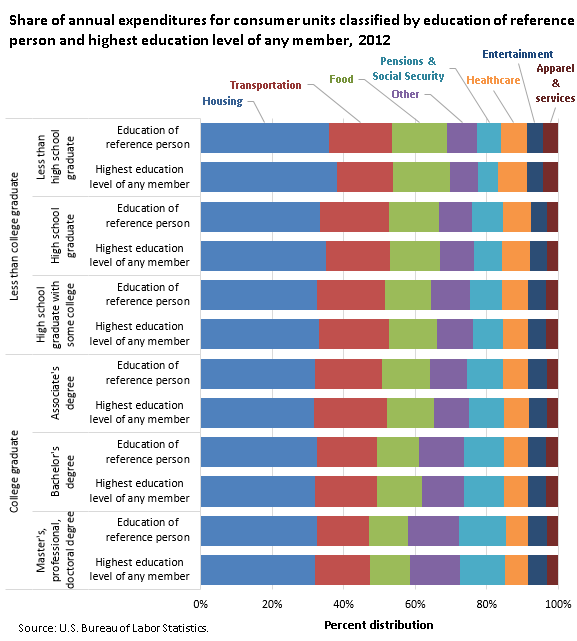
Deciphering the Financial Tapestry: Unveiling Consumer Spending Patterns
In the intricate world of economics, consumer spending patterns paint a vivid picture of financial behaviors, preferences, and societal trends. Let’s embark on a journey through the financial tapestry, unraveling the complexities that define consumer spending.
Economic Indicator or Lifestyle Mirror? The Dual Nature of Consumer Spending Patterns
Consumer spending patterns act as both economic indicators and mirrors reflecting lifestyle choices. Analyzing how and where consumers allocate their funds provides insights into economic health and societal priorities. From luxury items to everyday essentials, every purchase leaves a mark on the canvas of consumer spending, shaping both financial landscapes and cultural trends.
Macro Trends: The Big Picture Insights
Macro trends in consumer spending offer a panoramic view of economic shifts. Tracking changes in spending across sectors – from retail and travel to technology and healthcare – reveals the pulse of the economy. Understanding these macro trends is akin to having a bird’s eye view, allowing analysts and businesses to anticipate market movements and adapt strategies accordingly.
Seasonal Symphony: The Rhythms of Consumer Spending
Consumer spending patterns dance to the rhythms of seasons and holidays. From the festive splurge during holidays to the restrained post-holiday phase, the seasonal symphony is a recurring motif in spending behaviors. Retailers often tune into these patterns, adjusting inventory and marketing strategies to harmonize with the changing seasons and capitalize on consumer sentiments.
Digital Disruption: The E-commerce Crescendo
The rise of e-commerce has orchestrated a significant crescendo in consumer spending patterns. Online shopping, once a convenience, is now a dominant force shaping how consumers spend. The convenience of clicking a button to make a purchase has transformed retail landscapes, influencing spending habits and challenging traditional brick-and-mortar models. Understanding this digital disruption is pivotal for businesses navigating the evolving consumer spending terrain.
Impulse vs. Intention: The Psychology Behind Purchases
Consumer spending is not just about numbers; it’s a psychological interplay between impulse and intention. Understanding the factors that drive spontaneous purchases versus planned investments delves into the psyche of consumers. From marketing strategies to personal finance management, businesses and economists alike explore the motivations that steer consumer spending patterns.
Influence of Social Media: Trends Go Viral
In the age of social media, consumer spending patterns often go viral. Influencers, reviews, and trends shared across platforms can swiftly impact what consumers choose to buy. The power of social media to shape spending behaviors is a dynamic force that businesses leverage to stay relevant and understand the rapidly evolving tastes and preferences of their target audience.
The Impact of Economic Events: Navigating Uncertain Waters
Consumer spending patterns are sensitive to economic events and uncertainties. From recessions to global crises, economic events can create ripples in spending behaviors. Understanding how consumers react to these events provides valuable insights into resilience, adaptability, and the overall economic sentiment.
Generational Dynamics: Spending Across Ages
Consumer spending is not a one-size-fits-all scenario; it varies across generations. Baby boomers, Generation X, Millennials, and Generation Z exhibit distinct spending patterns influenced by their life stages, values, and economic circumstances. Recognizing these generational dynamics is essential for businesses tailoring products and services to diverse consumer segments.
For a deeper exploration into Consumer Spending Patterns, visit to-spo-world.com. Uncover comprehensive analyses and stay ahead in deciphering the intricate language of trends shaping today’s consumer spending landscape. Consumer spending is a nuanced dance of economic indicators, societal shifts, and individual choices, and understanding this tapestry is essential for businesses, policymakers, and anyone keen on unraveling the financial story of our times.
